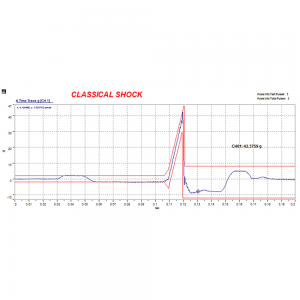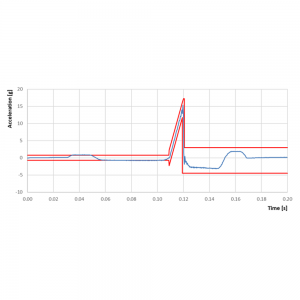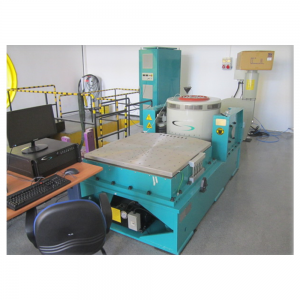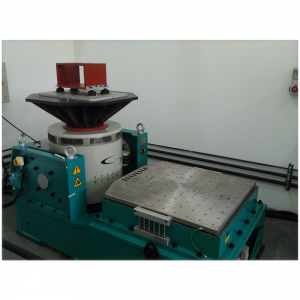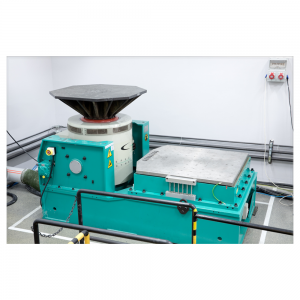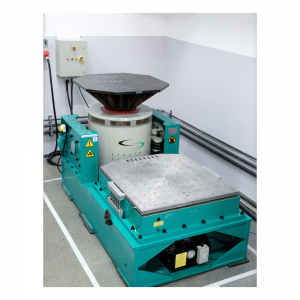Classical shock testing profiles are categorized with respect to the form of shock impulse. The most common types can be listed as half sine and sawtooth. Aside from the impulse type, to be able to fully define a certain classical shock test profile a peak acceleration level expressed in g’s or m/s² and impulse duration in milliseconds should be provided. The predefined shock is generated and applied to the system by means of an electrodynamic shaker and its capability to control and change its table position rapidly.
Classical shocks can be applied along one direction and one axis at a time. Most of the testing specifications require the shock load to be applied to the system under test in both positive and negative directions along each axis.


